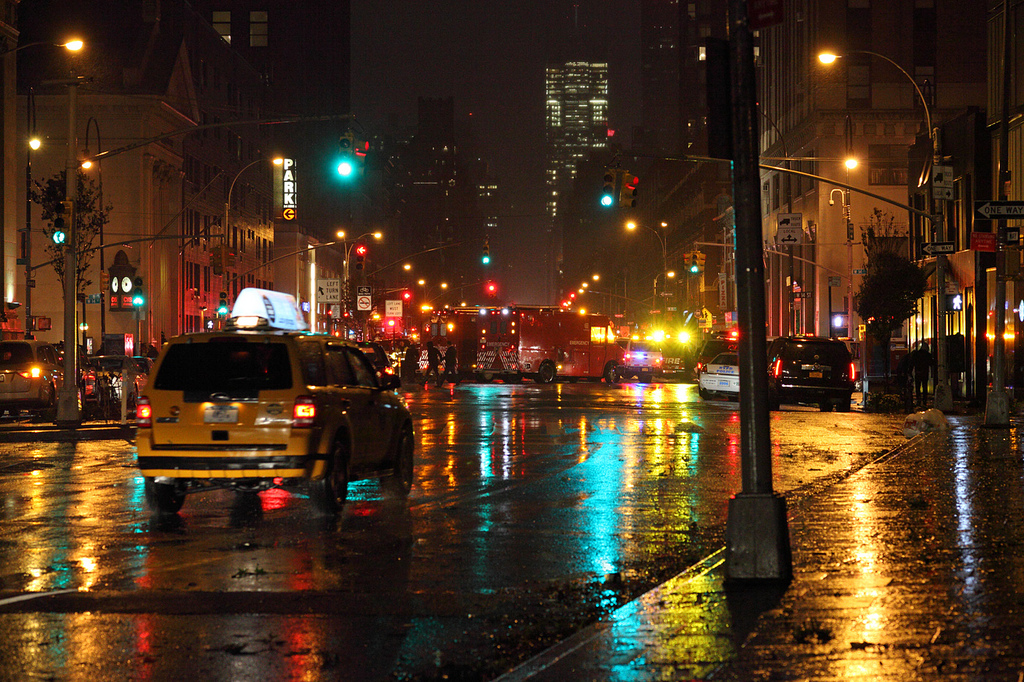
Communities use Knight-funded technologies to recover from disaster
Photo Credit: Flickr user ccho
Within hours of Sandy hitting the Northeast this week, the team at Recovers.org was on the ground, helping communities organize their response through its new web and mobile platform.
To date, four communities in New York – including hard hit Staten Island – are using the 2012 Knight News Challenge winner’s platform to coordinate everything from food donations for the mentally ill to volunteer translators for those left isolated in Chinatown.
Public Stuff, supported through Knight’s Enterprise Fund, is also providing community residents with tools to report and document damage. Its app can help residents report non-emergency requests.
Though Knight Foundation’s mission does not focus on disaster relief, its goal of promoting informed and engaged communities inevitably involves supporting technologies that people use to make their communities more resilient. Through both the News Challenge and Tech For Engagement initiatives, Knight has funded several disaster-related projects that tap the power of communities to help themselves.
For instance:
- Ushahidi provides an online platform to organize and display citizen reports from large news events, including natural disasters (it was used, for example, to map relief in post-quake Haiti.)
- Safecast, which became a leading source of radiation information in Japan, is a network of sensor devices to collect crowd-based submissions of data about the environment.
- SocialCoding4Good aims to increase awareness of software-supported volunteerism by matching humanitarian organizations that work on issues like disaster relief.
- Knight supported the development and implementation of a social game, called “Battlestorm”, to increase awareness and change habits in Biloxi towards disaster preparedness in an entertaining and informative way.
- DoSomething.org’s members have texted in over 20,000 messages of support for Hurricane Sandy victims
In the past, Knight responded more conventionally to disaster-relief needs, particularly in the communities where the foundation has roots. Notably, it provided $10 million for recovery and rebuilding of Greater Miami after Hurricane Andrew struck in 1992, and millions more for Grand Forks, N.D., after the Red River flood and subsequent fires destroyed much of its downtown in 1997.
In the same spirit, Knight joined the national response to 9/11, providing $8.3 million for 246 grants for relief and post-terrorist attack activities.
The shift to strategic, systemic, community engagement- and information-oriented funding emerged with Knight’s response to the Katrina aftermath at the Gulf Coast. The focus of the $10 million in Katrina-related grants was on mounting a long-term, activist response and on bringing in high-profile “new urbanism” planners and architects to engage residents in charting new communities. Results were mixed.
Most recent disaster-related grants show an effort to fund projects that address the hardships of disaster and at the same time do so in innovative, technology-, information- and engagement-oriented ways. For example, in the aftermath of the earthquake in Haiti, Knight funded several reports studying the impact of mobile giving and the role of crowd-sourced information in the earthquake’s aftermath. The foundation also provided funding to distribute 9,000 wind-up radios in Haiti.
These types of investments cannot stave off disasters, but they can help communities prepare in advance and recover more quickly. The strength of the community, Knight believes, may matter more than almost anything in determining the future.
Recent Content
-
Community Impactarticle ·
-
Community Impactarticle ·
-
Community Impactarticle ·


